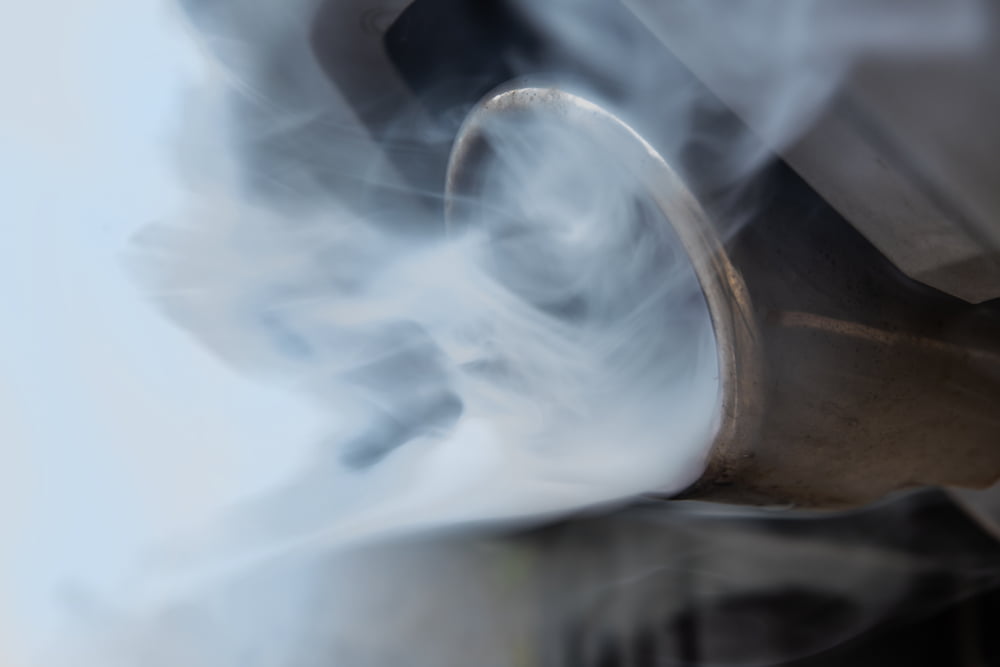Dutch Prime Minister Mark Rutte calls the decision to lower the speed limit on Dutch highways to 100 km per hour a “rotten measure”. But at the same time he emphasizes how important it is. The speed limit is one of the steps the government is taking to remedy the excess nitrogen in the Netherlands.
The cabinet has taken steps to resume granting permission in stages. Provinces indicate that, despite regional differences, many projects can already pass permits. In addition to lowering the speed limit, the Cabinet is now taking two other measures, which RIVM calculations show can be implemented in the very short term and will lead to a decrease in nitrogen deposition in the short term.
First, the Cabinet conducts one speed reduction during the day on motorways. Secondly, efforts are being made to reduce ammonia via feed measures. And finally, the reduction of nitrogen deposition is being deployed by the existing warm decontamination scheme for pig farming.
Speed reduction from 6:00 AM to 19:00 PM
The maximum speed is reduced to 100 km per hour on all motorways during the day. For roads that currently have a maximum speed of 120 or 130 km per hour, this maximum speed continues to apply in the evening and at night between 19:00 and 6:00. Road users will be informed extensively prior to the reduction of the speed limit. At some point it can be decided that the speed can be increased again, for example in the light of the planned fleet change or if there are other source measures that have the same effect.
The Cabinet has decided that space will be created for the following seven MIRT projects: A27 / A12 Ring Utrecht, A1 / A28 Hoevelaken junction, A6 Almere-Lelystad, A4 Haaglanden, Innova 58 Tilburg-Eindhoven, A27 Houten-Hooipolder and Innova 58 Annabosch –Galder. For these seven projects, a speed reduction was intended as a mitigating measure.
For the ViA15 Route Decision already adopted, a reduction of the maximum speed on part of the A50 has already been deployed as a mitigating measure. The effects of this reduction cannot and will not be used again. This measure produces an expected nitrogen reduction of 1,2 mol / ha / yr.



